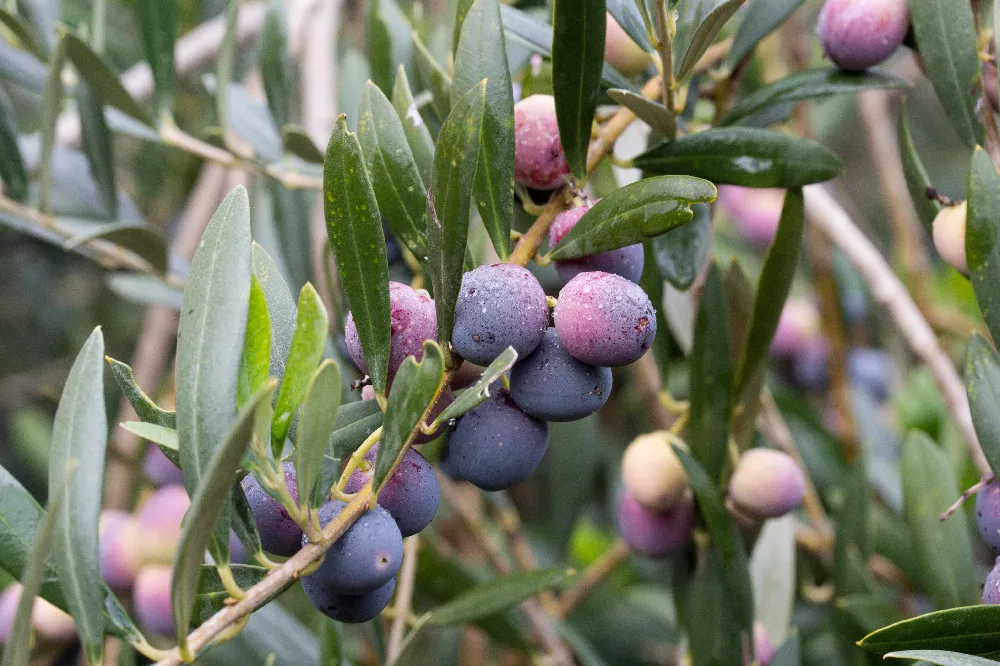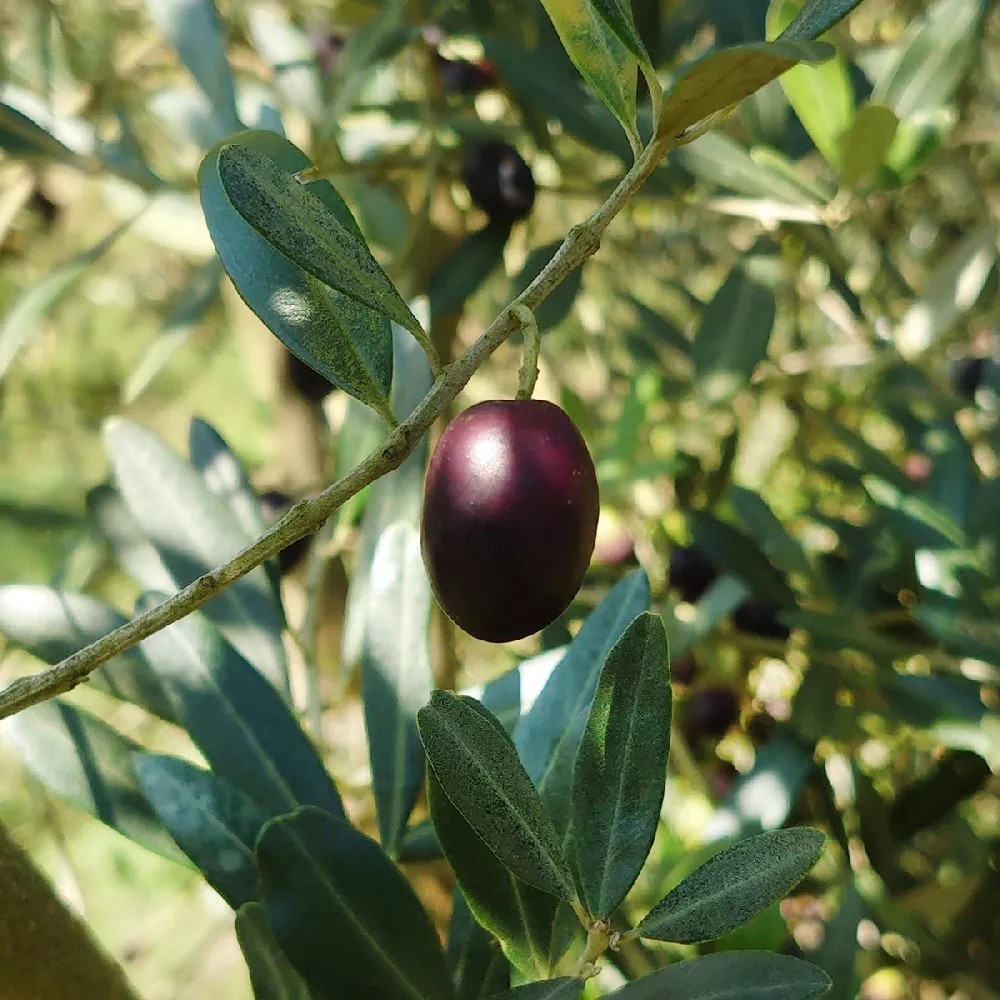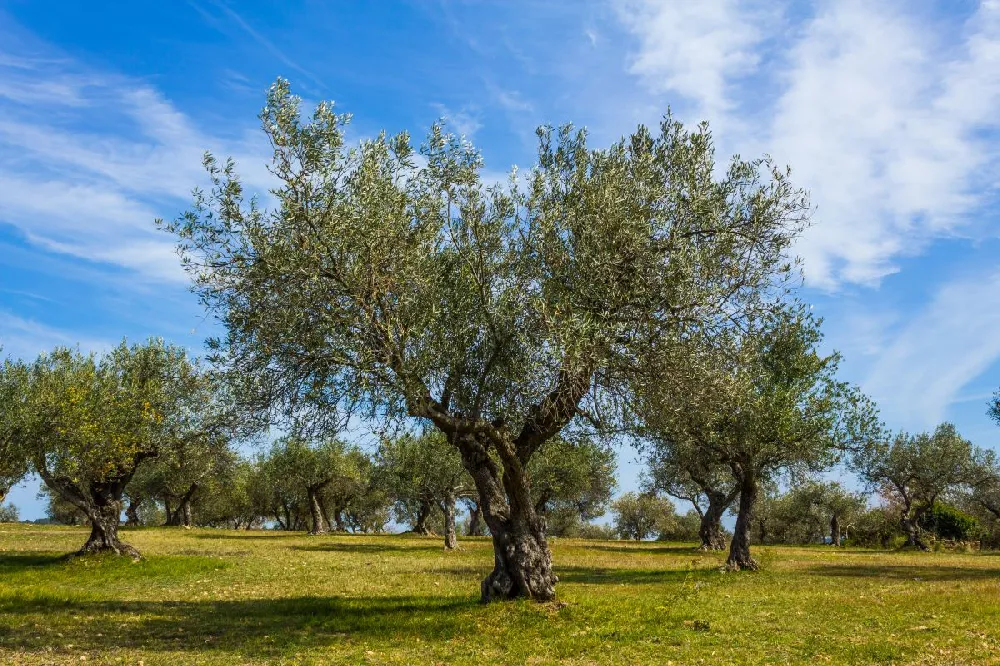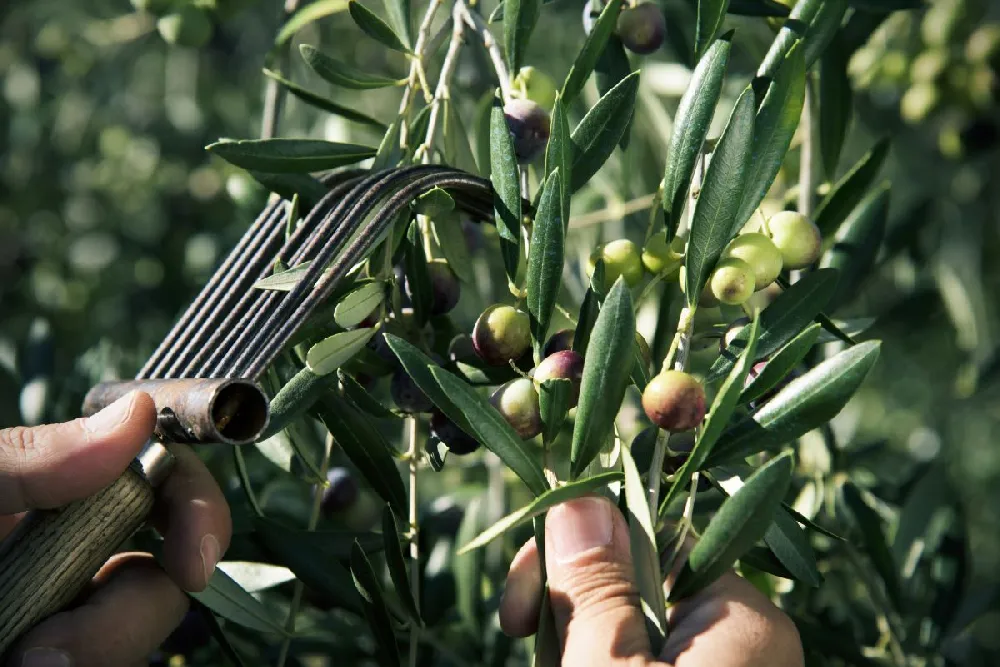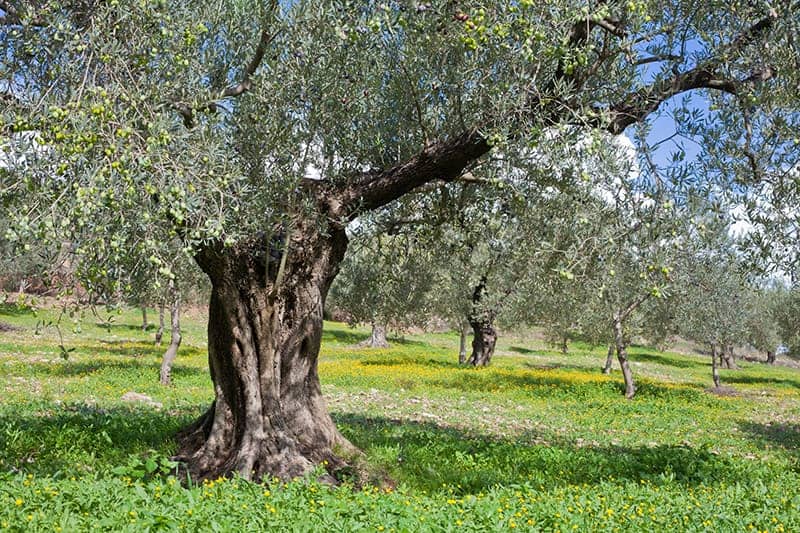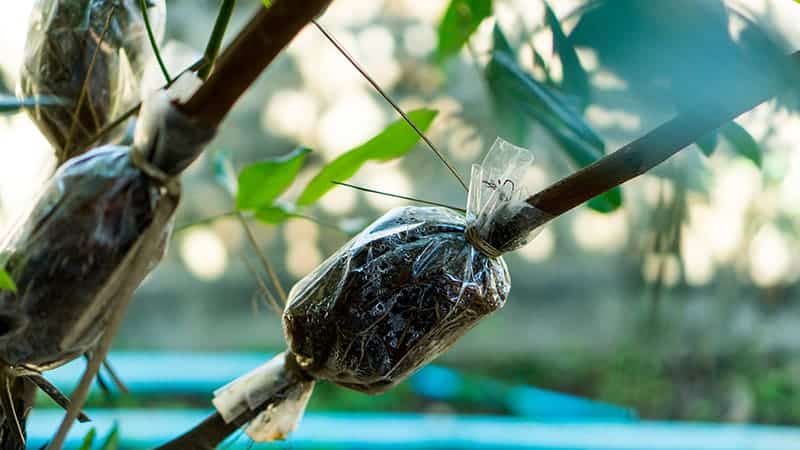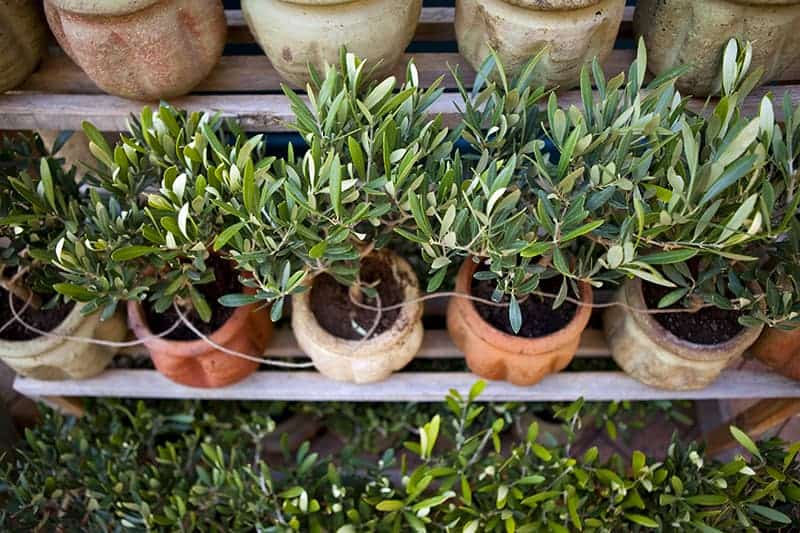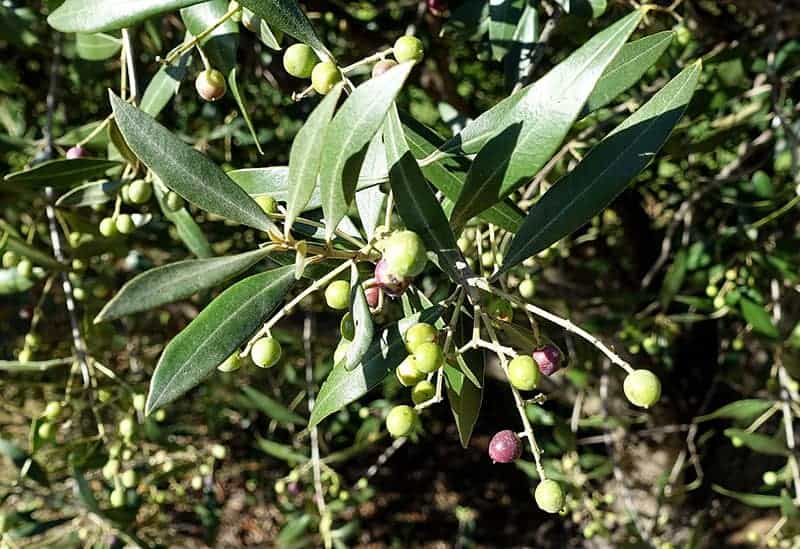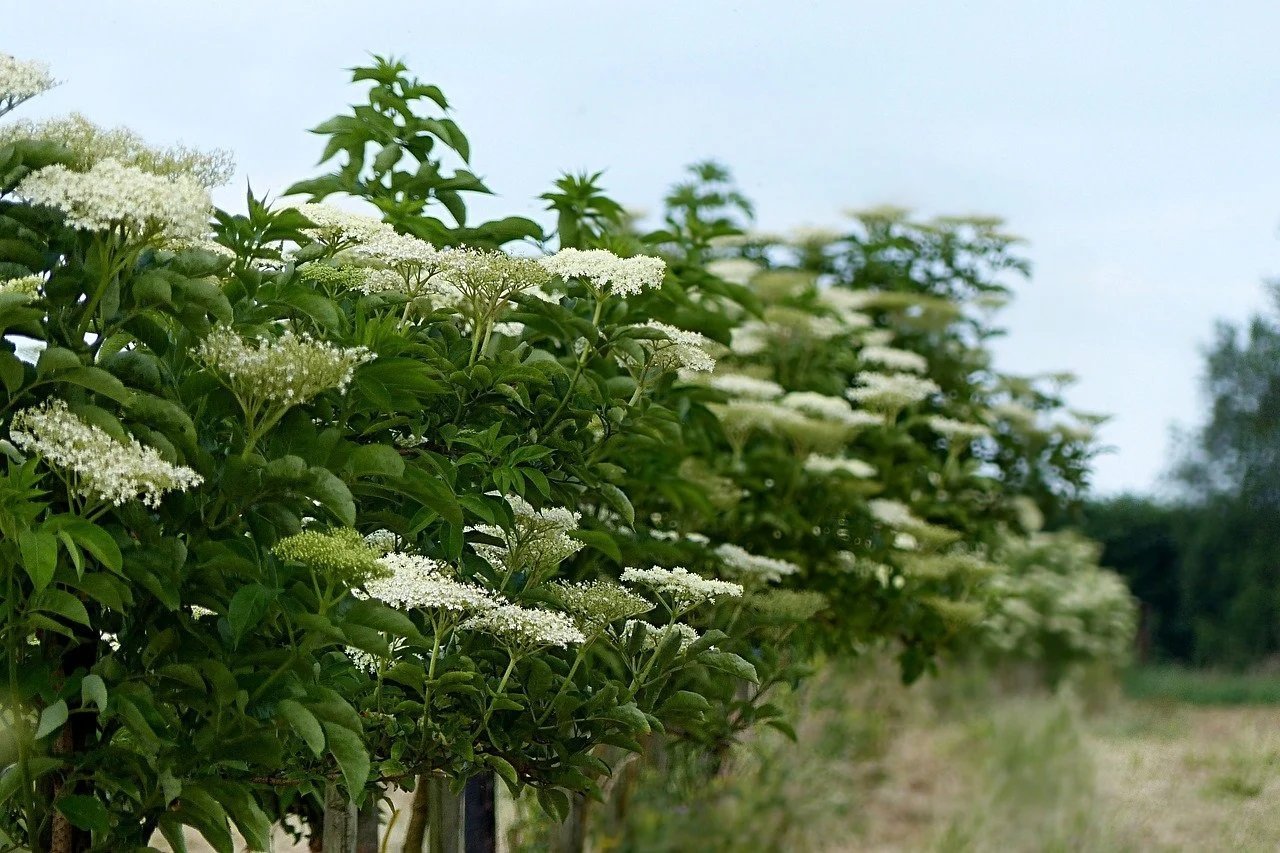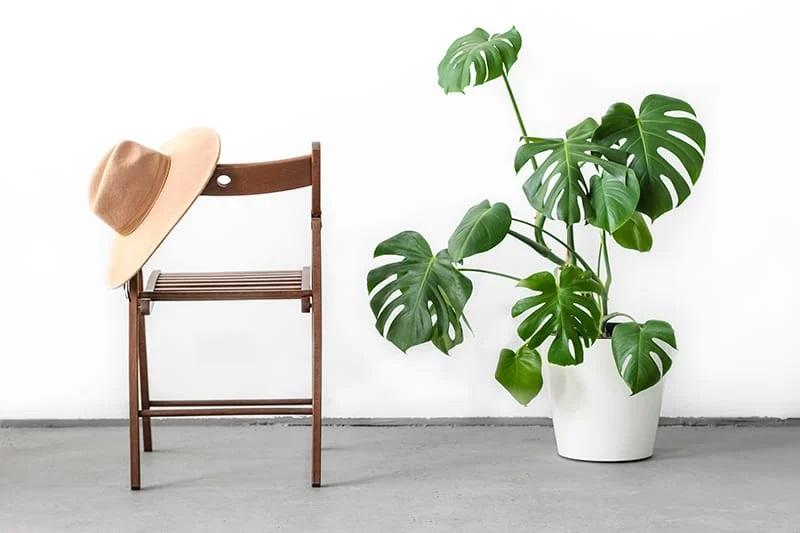- Home >
- Olive Trees
Olive Trees for Sale - Buying & Growing Guide
Filters
Price Range
Growing Zones
Plant Type
Sunlight
Mature Height
Plant Characteristics
21 Results
-
Best SellerGrowing Zone(s): 3-11 / 8-11$49.95
$99.95Save up to 50% -
Growing Zone(s): 3-11 / 8-11$74.95
$149.95Save up to 50% -
Growing Zone(s): 3-11 / 8-11$124.95
-
Growing Zone(s): 3-11 / 8-11$569.95
-
Growing Zone(s): 3-11 / 8-10$134.95
-
Sold OutGrowing Zone(s): 4-11 patio / 8-11 outdoors$41.95
-
Sold OutGrowing Zone(s): 4-11 patio / 8-11 outdoors$83.95
-
Sold OutGrowing Zone(s): 4-11 / 10-11$41.95
-
Sold OutGrowing Zone(s): 3-11 / 8-11$78.95
-
Sold OutGrowing Zone(s): 5-9$49.95
-
Sold OutGrowing Zone(s): 7-9$264.95
-
Sold OutGrowing Zone(s): 3-11 / 8-11$76.95
Olive Trees – Buying & Growing Guide
Olive Trees can grow in a variety of climates. Here you'll discover more about how to take care of this popular tree for its maximum growing potential as ornamental trees as well as for fruit production.
How to Grow Olive Trees
How to plant olive trees
If your olive tree was grown in a greenhouse, acclimate it to your environment by placing it in a sheltered spot outside. Leave it there for three to four hours the first day, then increase the time it’s outside each day by one or two hours. After six to ten days, the sapling should be acclimated enough to stay outside full time.
Plant your olive tree in a sunny spot (at least six to eight hours of sun daily) with fertile soil that drains well. If your soil is clay-heavy, add peat moss to it when you plant. Site your olive trees 20 feet apart from each other.
The planting hole should be bigger than the container. Tease out the tree’s roots if they are circling. Place the tree in the hole slightly higher than grade and backfill with peat-enhanced soil. Do not add fertilizer now. Water your new tree regularly until it’s established.
Don’t stake your tree unless it flops over — it’s better to prune back the unruly branches. Pull any weeds that come up within three feet of the trunk. Fabric mulch can help, but don’t let it touch the tree trunk itself.
How to achieve maximum results
Olive trees are native to Mediterranian climates, and anything you can do to re-create a hot, dry, sunny environment will help your tree thrive.
The more sun they get, the better your harvest will be. Never plant olive trees where the temperatures go below 20 degrees fahrenheit. In their first few years, avoid frost damage by wrapping them in burlap if low temps are expected.
How to Care for Olive Trees
Watering and nutrients
For the first several years, water your olive tree lightly but regularly. In drought conditions, increase watering, but don’t drench the plants. As their roots dig deeper into the soil, they will need less water. As a general rule, if the soil feels parched, give them a drink that is approximately four inches of water at each watering. Once established, you shouldn’t need any supplemental watering except in the driest of conditions.
Fertilize the trees in spring with a nitrogen-based fertilizer. Alternatively, a good dressing of compost annually should be enough to give them the nutrients they need.
Pollination
Many varieties of olive tree, such as Manzanillos and Koroneikis, are self-pollinating — which means you can grow just one tree and still have a harvest. Others, such as Coratina and Picholine, need another tree to pollinate them. Ask your grower what the best pollinator would be for your variety.
Pruning
In late winter, prune back broken and crossed branches. For the first few years, prune only enough to shape the tree. Later, prune to increase airflow into the canopy and also to allow for new growth each year, which is where the flowers and fruit form.
Pests and diseases
Olive trees are robust, and have few pests or disease issues. They are, however, prone to scale, which can be treated with neem oil. The olive fruit fly has been a problem on the West Coast, but can be managed with fly traps or other fly eradication products.
Olive anthracnose, a fungal disease, can be treated with any topical fungicide meant for fruit and ornamental trees.
Harvesting
You’re likely to get a light harvest from your olive trees every other year, something to keep in mind if you’re growing commercially. If you harvest your olives at the green stage, you may find them somewhat bitter, depending on the variety. Olives meant for olive oil should be harvested when they are ripe and purple.
If you are a small-scale grower, hand picking the fruit is an option. Or you can spread a tarp on the ground and manually shake the limbs to release the fruit.
Soil
If you are planting an olive tree directly into the ground, you first need to choose the position wisely. Ensure the tree won’t be situated in a dip. Otherwise, water will pool around it during heavy rainfall. Ideally, you should build the ground up a little where you are planting the tree to prevent this from happening and encourage water to run away from the base of the tree.
Dig a hole in the ground the same size as the olive trees current pot, and lower the root ball into the ground without disturbing it. Do not add any compost, organic matter, or other potting soil to the tree. A young olive tree needs to acclimate to the soil it will be inhabiting, so you shouldn’t alter it, only using the natural soil from around the same area to help fill around the root ball. The only exception to this is if your native soil is not well-draining. Olive trees require plenty of moisture to thrive but do not like to be kept in wet soil. Therefore, well-draining soil is essential for the health of the tree. If your soil is not well-draining, then you should adapt the soil to increase its drainage capacity.
Light
Olive trees require full sun. They thrive in bright, hot, dry areas, and are not well suited for growing in the shade. If your plant is kept in a pot, you have the advantage of it being portable, at least while it is small and light enough to move. You can try out setting the olive tree in different areas of your garden to see where it will benefit from the most light.
For olive trees planted directly in the ground, they do well in open orchard style areas where they won’t be shaded by nearby buildings or fences. Olive trees can also be grown indoors, especially if you live in a cold climate where the tree won’t survive during the winter. To grow your olive tree indoors, situate it in your brightest window or in a conservatory where it will enjoy at least 8 hours of light each day.
Temperature
Olive trees are natively grown in Meditteranean countries, as well as Africa and Asia, and therefore enjoy hot summers and cool winters. Once established, they are frost hardy, though frosts will damage young olive trees, sometimes beyond repair. They can tolerate temperatures as low as 14 degrees Fahrenheit, though ideally should not be kept in temperatures as low as this for prolonged periods of time. If you live in a climate that is likely to drop to temperatures as low as 14 degrees Fahrenheit, then it would be advisable to grow your olive tree in a container and bring it inside for the winter.
Most olive trees are hardy to USDA zone 6. People living in areas outside of this should bring their olive trees inside to protect them against the winter temperature drop. That being said, olive trees also do not like to be kept in consistently warm climates. In order to bear fruit, they need a two month period of cool weather, where temperatures will ideally be between 40 degrees Fahrenheit and 50 degrees Fahrenheit. They also require a temperature drop overnight. Because of these requirements, olive trees that are kept indoors are unlikely to fruit, as the tree will not experience the necessary temperature fluctuations.
If you live in a climate where these temperatures are typical, growing an olive tree which bears fruit will be fairly easy. In other climates, growers may find it difficult to provide the necessary conditions and will struggle to get their olive trees to fruit. If the fruit is not important to you, then growing an olive tree is quite easy in a variety of climates (University of Florida- Gardening Solutions).
Propagation
Professional olive growers most commonly propagate their trees through grafting, though it is also possible to propagate olive trees via cuttings. Take semi-ripe cuttings in summer of around 4 to 6 inches in length. These can then be dipped in rooting hormone and inserted into well-draining potting soil.
Heating the cuttings from underneath will help to encourage rooting. You can also follow the same process with hardwood cuttings taken from mature trees in winter. These cuttings should be a few years old and will need to be longer in length, ideally around 12 inches.
Olive Tree Overview
Quick Facts
| Origin | Mediterranean, Africa, and Asia |
| Scientific Name | Olea europaea |
| Family | Oleaceae |
| Type | Evergreen fruiting tree |
| Common Names | Olive tree |
| Height | Up to 30 feet |
| Toxicity | Nontoxic |
| Light | Full sun |
| Watering | Drought-tolerant, but water often |
| Pests | Scale insects |
Olive Tree Varieties
There are several olive tree cultivars available, and while the trees are self-fertile, having a mixture of cultivars in your garden will increase cross-pollination and the chances of your trees bearing fruit. Some cultivars you could choose from include the following.
Olea europaea ‘africana’
This tree produces a more compact fruit and benefits from attractive glossy foliage in a dark green shade.
Olea europaea ‘frantoio’
This variety of olive tree produces fruit that is commonly pressed to produce olive oil. It is an especially popular variety in Italy.
Olea europaea ‘sativa’
This olive tree produces tiny white flowers in spring and summer, which have an appealing scent (Royal Horticultural Society).
